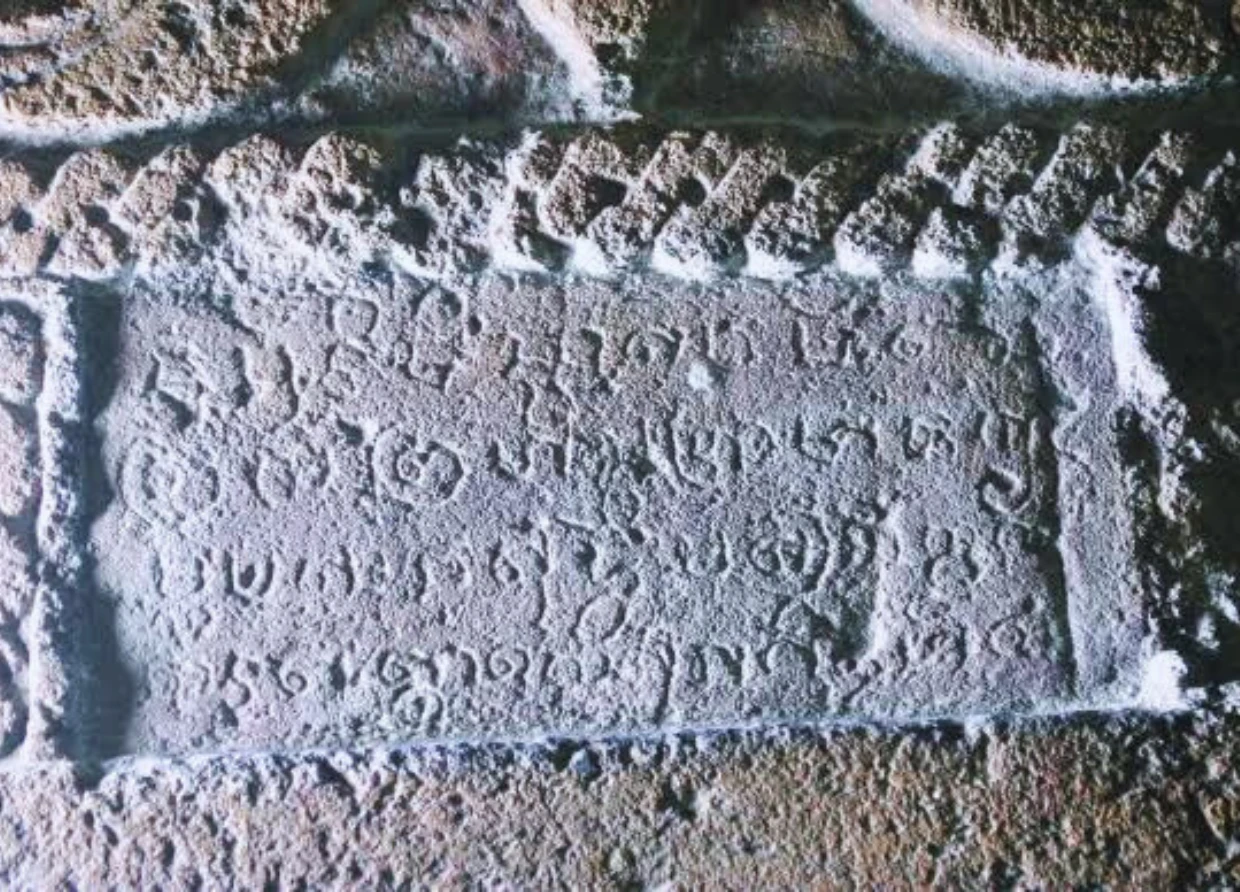ANCIENT INSCRIPTIONS SHED LIGHT ON BATAK SCRIPT DEVELOPMENT IN NORTH SUMATRA
Unraveling the Mysteries of Batak Script Evolution: Insights from Ancient Inscriptions

In recent years, the discovery of three ancient inscriptions in North Sumatra has provided scholars with crucial insights into the development of the Batak script, one of the oldest cultures still recognizable in Indonesia today. These findings, unveiled during an online seminar by the National Research and Innovation Agency (BRIN) on November 28, 2023, mark significant progress in understanding the historical trajectory of the Batak people.
The inscriptions, dating back approximately 300 years ago, offer tantalizing glimpses into the linguistic and cultural heritage of the Batak community. Two of the inscriptions, the Bongal Inscription discovered in 2020 and the Liyang Gorga Inscription found most recently in 2023, were unearthed in Central Tapanuli regency. The third, known as the Datu Ronggur Inscription, was found in Toba regency in 2021.
According to Churmatin Nasoichah, a researcher at BRIN, decoding these inscriptions posed significant challenges due to their faded condition upon discovery. However, researchers managed to decipher elements of the language, revealing diverse content ranging from advice to spells. The Datu Ronggur Inscription offers guidance on prayer, invoking ancestral blessings, while the Liyang Gorga Inscription contains spells aimed at ensuring the welfare of the people.
Remarkably, these inscriptions represent a transitional phase from the ancient Sumatran script to the distinctive Batak script. Churmatin describes this transition as the emergence of a Proto-Batak script, hinting at a complex linguistic evolution within the region.
The ancient Sumatran script, believed to be older than the Batak script, serves as a precursor to various scripts found in Sumatra, including Incung, Lampung, and Rejang. Scholars speculate that the ancient Sumatran script, derived from the Pallawa script, shares similarities with the ancient Javanese script. Notably, certain letters in the Batak script bear resemblance to those in the ancient Sumatran script, suggesting a gradual linguistic transformation over time.
Despite these discoveries, many mysteries persist regarding the origin and context of the inscriptions. Researchers remain uncertain about the precise timeline of their creation, speculating that they likely emerged after the Hindu-Buddhist era in North Sumatra, around the 16th to 18th centuries.
Historical evidence, such as the Bahal Temple in North Padang Lawas regency, further contextualizes the cultural landscape of North Sumatra. Built in the 11th century during the Hindu-Buddhist period, the Bahal Temple reflects the influence of the Pannai Kingdom, which fell under the dominion of the Sriwijaya Kingdom centered in Palembang, South Sumatra. Intriguingly, tantric rites depicted in the temple's reliefs highlight the coexistence of Buddhism in North Sumatra.
The discovery of these inscriptions not only enriches our understanding of Batak history but also underscores the cultural diversity and complexity of Indonesia's heritage. As researchers continue to unravel the secrets encoded within these ancient texts, they pave the way for a deeper appreciation of the Batak legacy and its enduring significance in Indonesian culture.
#THE S MEDIA #Media Milenial #Batak culture #North Sumatra #ancient inscriptions #script development #linguistic evolution #Proto-Batak script #historical heritage #cultural diversity #Indonesian history #archaeological discoveries


























